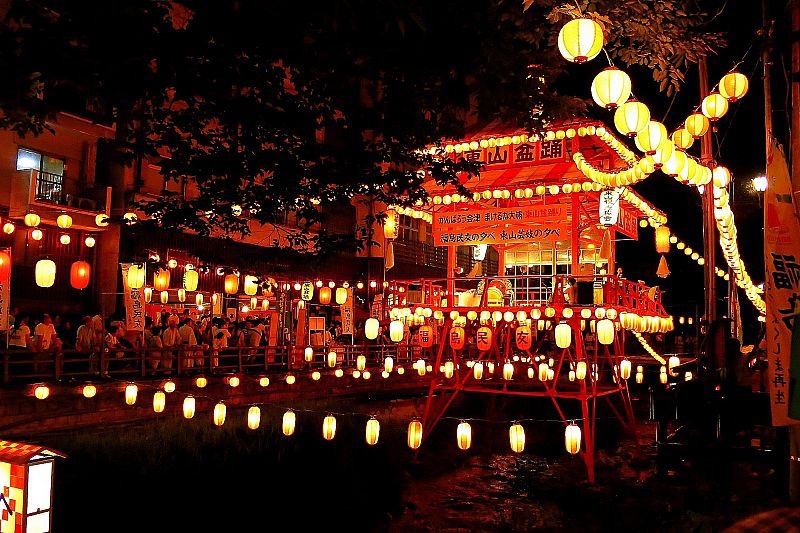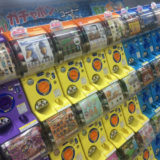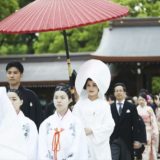1.Sapporo Snow Festival
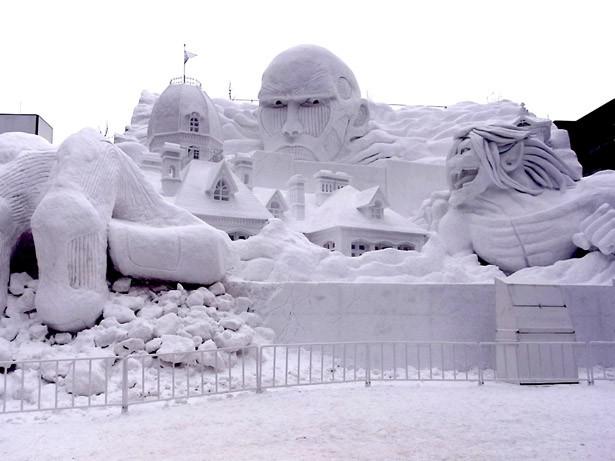
The Sapporo Snow Festival is a snow and ice festival held every February in Odori Park in Chuo-ku, Sapporo, Hokkaido.
It is mainly made of large and small statues made of snow, but ice statues are also displayed around the Susukino venue.
The snow image of the anime character, the snow image imitating a famous structure in the world, and a large structure over 10 meters are also displayed.
At night, the snow statue is lit up and you can see different views.
Season Early February
Access 8 minutes on foot from Sapporo Station
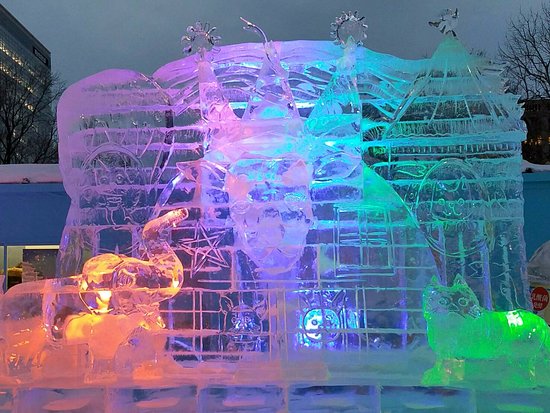
2.Gion Festival

The Gion Festival is a festival that began to calm down the plague that spread to the capital of Kyoto, and has inherited the history and tradition of Kyoto over 1100 years from the Heian period (8th to 12th centuries).
Also on display are highly artistic armors and kimonos, and art and craft items of important intangible cultural properties that have been handed down from generation to generation.
As a result, you can experience the traditional culture inherited by the people of Kyoto and the lifestyles of the people who have supported the Gion Festival until today.
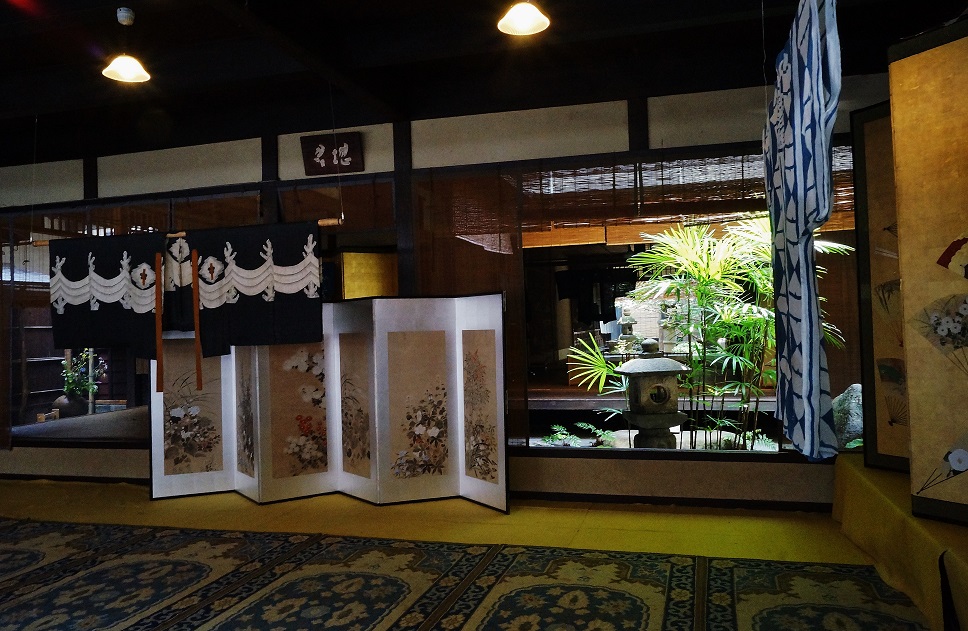
There are stalls along Karasuma-dori and Shijo-dori, which will be pedestrianized from the evening on the 15th and 16th, so you can take a walk while enjoying your meal.
There is a wrap-up called “falling lanterns”. Gion Gyoza’s performance is fast and fast, and the atmosphere around it reaches the climax end, but at the same time the light of the lantern hanging on the wall is dropped at a stretch, so you can enjoy a fantastically beautiful sight.
SeasonJuly
Access 8 minutes on foot from Sapporo Station
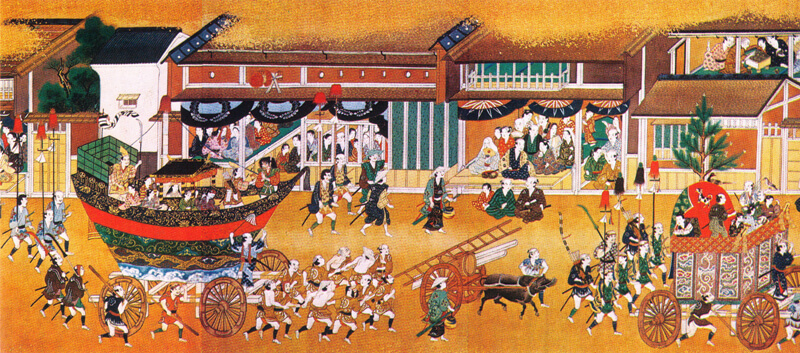
3.Awa Dance Festival
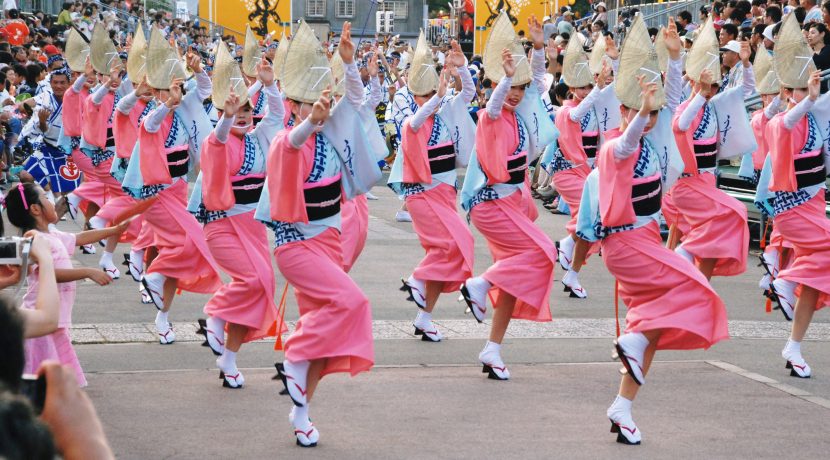
A group of dancers called “Ren” dance along with the accompaniment of two beats such as shamisen, drum and koto.
There are two types of Awa Odori: “Man dance” and “Woman dance”.
A male dance wears a coat and yukata, and wears a tabi and dances. “Man dance” but there are many female dancers. There are various ways to dance, and they are intense and comical.
The woman dance is wearing a kimono deeply in the yukata of a woman and wearing a clog. The figure of a female dancer dancing gracefully and elegantly is the icon of “Awa Dance”.
When Tokushima Castle was completed in 1586, it is said that the birth of the Awa Odori is that Hachisuka Kasei declared in the castle that “I like dancing as a celebration of the completion of the castle.”
In the 17th century, Awa-odori was prohibited because it might trigger a riot.
Season August 12th to 15th
Access Takes 1hour 10 minutes to Awa Dance Airport from Haneda Airport
4.Aomori Nebuta Festival
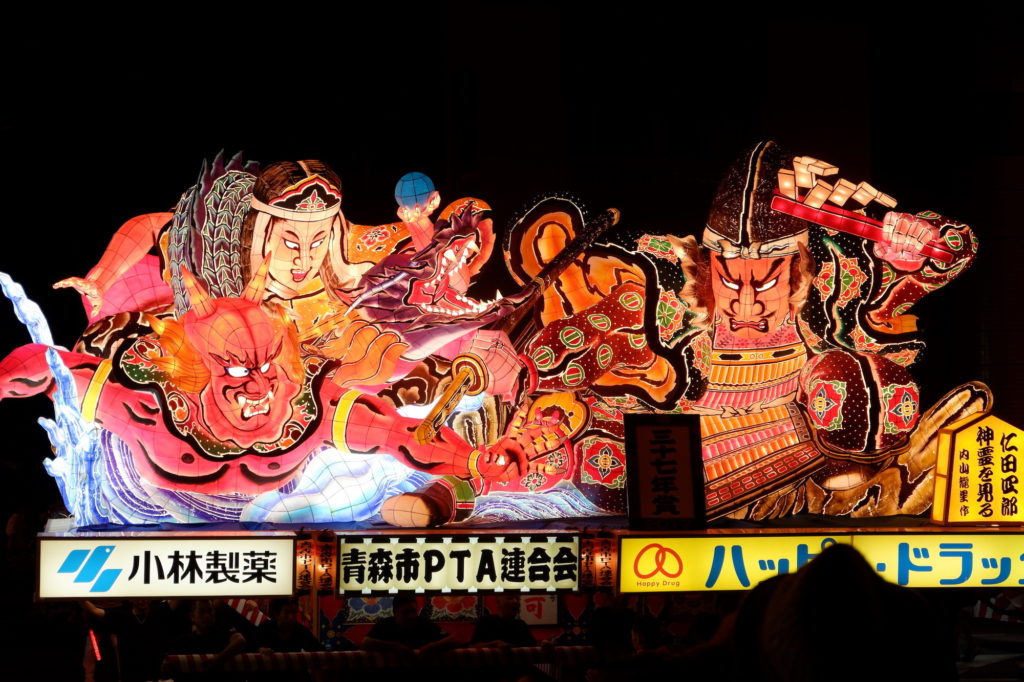
The “Aomori Nebuta Festival” is a very glamorous festival that takes place on a float with a huge lantern called “Lighting Nebuta”.
Large lanterns are 4 to 5 meters high and 9 meters wide or more.
Its origin is said to date back to the 8th century Tanabata festival, and is considered to be the most important event of the year for many locals.
A dancer encircles the Nebuta and dances to the sound of the ladder.
Season August 1st to 7th
Access 3hour 30 minutes to Aomori Station from Tokyo Station by Shinkansen
5.Kanda Festival
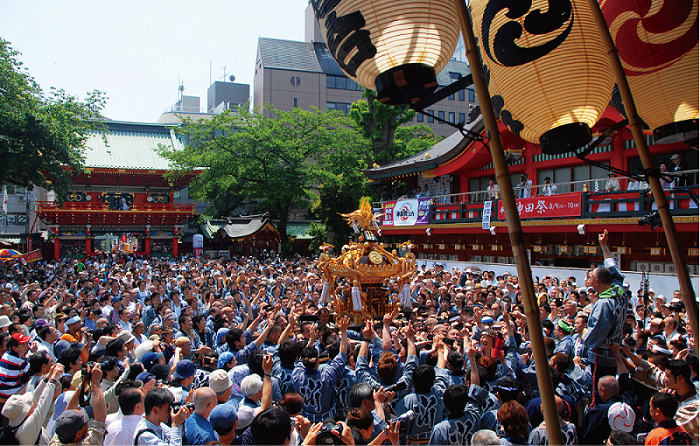
The Kanda Festival is a shrine in Chiyoda-ku, Tokyo, and it is said to be one of the three major festivals in Japan.
There are two types of Kanda Festival, “Main Festival” held in odd-numbered years and “Kage Festival” held in even-numbered years.
The highlight is a march of about 500 people dressed in Heian period costumes.
The Kanda Festival departs from Kanda, and will return to Kanda again, through the electric district in Akihabara, the office district in Marunouchi and Otemachi. It is particularly impressive that people in traditional costumes walk on the modern city street.
It is said that its origin is Ieyasu Tokugawa. Before the war with other warlords, he always told the servants to pray for victory in Kanda shrine.
Season Middle of May
Access 2minutes to Kanda Station from Tokyo Station
